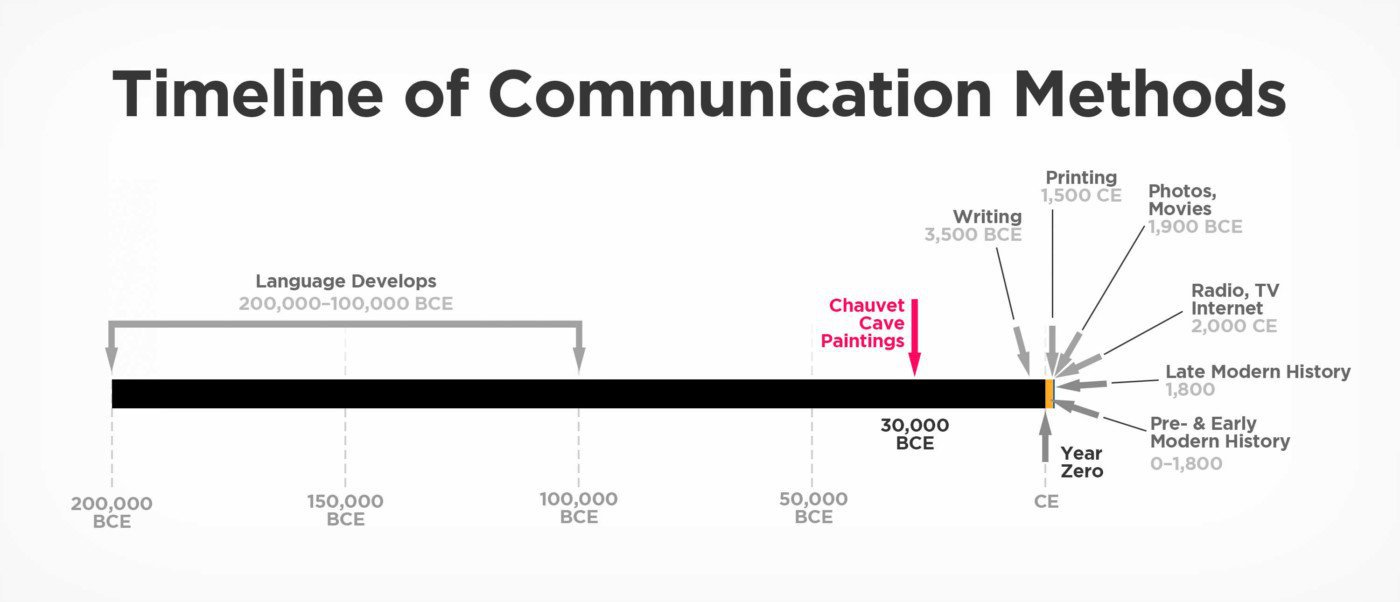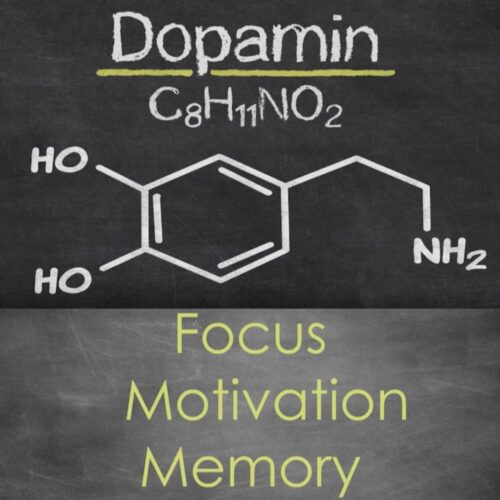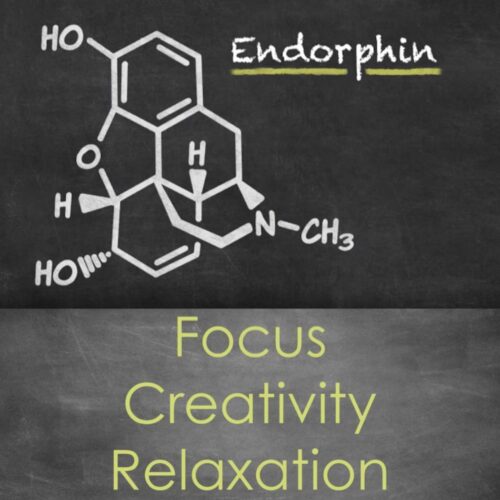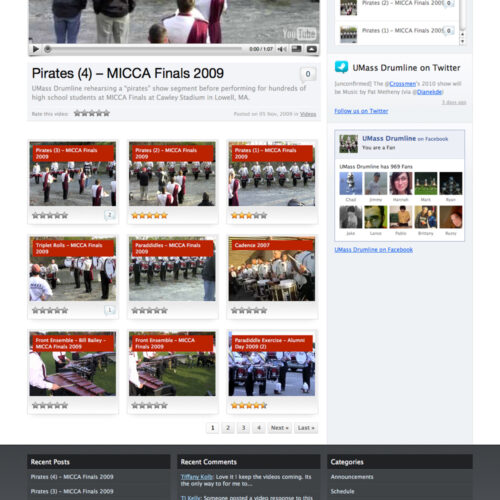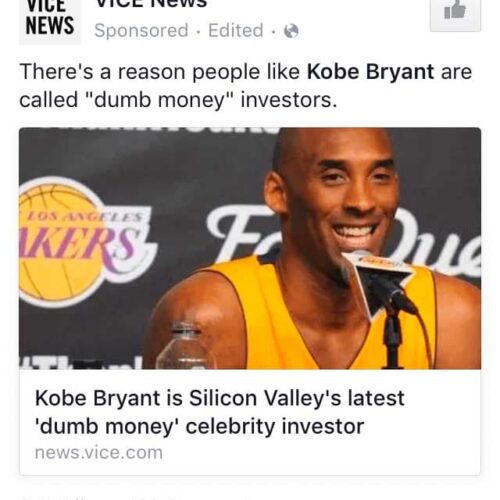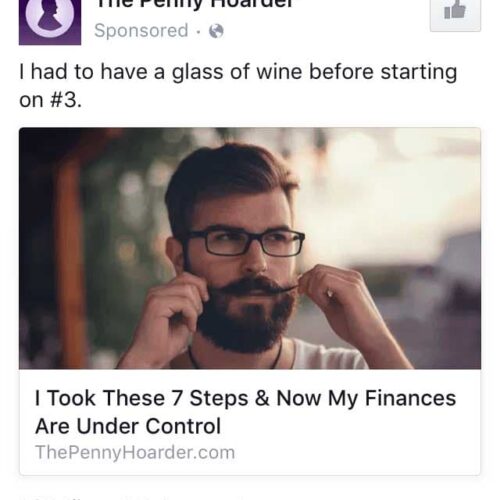A week before Christmas of 1994, three cave explorers named Jean, Christian, and Eliette went climbing into a mountain in southern France.
They didn’t know it yet, but they were about to change the world.
Do you know what they found?
You’ve probably seen it. Their discovery is so important, and it’s become so famous, that it’s actually named after one of them: Jean-Marie Chauvet.
There’s even a 90-minute documentary released about 10 years ago, by a German filmmaker named Werner Herzog, called Cave of Forgotten Dreams.
So far, it’s earned about $5.3 million. You can watch it on Netflix right now.
Even the documentary is famous.
Why?
Cave Paintings
Chauvet Cave contains the oldest cave paintings ever found.
There are hundreds of them. They’re incredibly detailed and gorgeous:
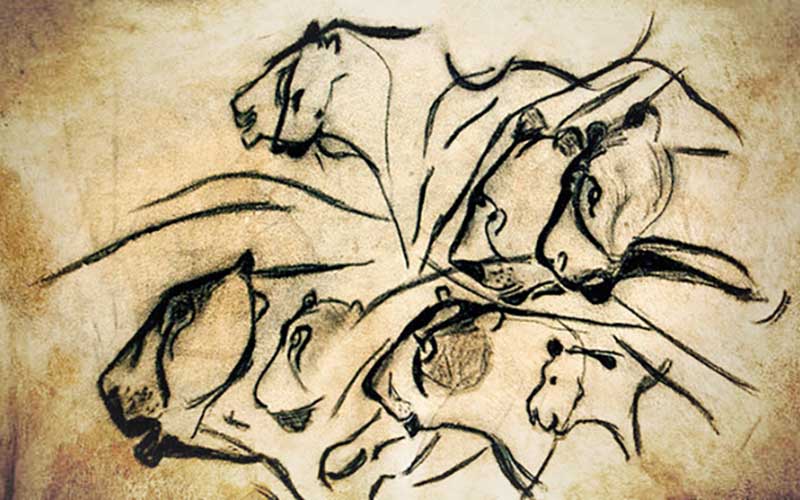
Horses, cattle, mammoths, lions, panthers, bears, hyenas, and even rhinoceroses.
And they’re more than 30,000 years old.
The Chauvet works are potentially greatest example of early human symbolism that will ever be discovered, anywhere on Earth.
Why am I telling you this?
Because I wanted you to read this. And because it’s my job.
How many times have you seen blog posts or articles that open with “Joe Shmo, COO wears many hats at XYZ Corp…”
Snooze.
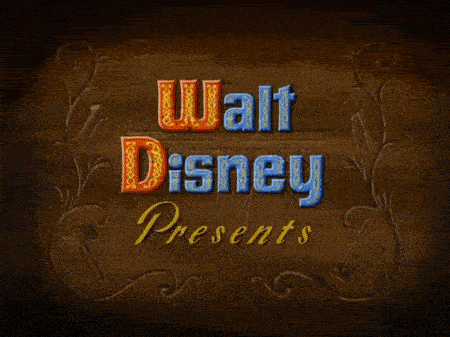
There’s a reason why Disney started so many of their stories with “once upon a time…” The setup immediately draws you in, and your brain starts filling in the details for you.
Dopamine.
This blog post is supposed to be about me: my name is TJ, and I run the show here at Mxt Media. But if I wrote a post that sounded like a biography, no one would read it.
 Instead, I hacked your brain chemistry with a plot. I’m using characters, intrigue, and a narrative to keep your brain engaged.
Instead, I hacked your brain chemistry with a plot. I’m using characters, intrigue, and a narrative to keep your brain engaged.
That’s what I do.
My job is to make sure that our clients’ messages are reaching and resonating with the right people.
Reaching is easy. Facebook, Google, and LinkedIn make that a snap.
Resonating is hard.
How do we do it?
I’ll tell you in a minute, but first I have to get back to the cave. I know, it seems like it’s off-topic, but I promise it’s not. Stick with me here.
It’s about those cave paintings.
Cave paintings and etchings represent humanity’s first attempt to convey information in a visual medium. Never before had people immortalized ideas.
Their significance can’t be overstated.
Without cave paintings, we could never have made the leap to the written word and all the knowledge and learning that came from it.
But 30,000 years is nothing.
Humans have been on Earth for nearly 300,000 years. And for 90% of that time, we couldn’t read, write, or draw.
So how did parents teach their children? How did the wise counsel the immature? How was anybody supposed to know to avoid the red berries and only eat the blue ones?
Mind control… the good kind
Humans spent thousands of generations evolving and adapting to verbal, narrative communication.
And that adaptation is so deeply embedded in our DNA that we can even map individual hormones to specific emotions, brought on by different types of story:
- Dopamine comes from suspense, increases focus & memory
- Oxytocin comes from empathy, increases trust & bonding
- Endorphins come from laughter, increase creativity & joy
Storytelling is a form of mind control. It’s all about brain chemistry. This is how our brains are evolved to think, remember, and use new information.
Brain chemistry for marketers
Digital marketing campaigns have to drive leads or customers. All the link building, impressions, CTR, and ROAS data in the world are meaningless if they don’t work — if they don’t make people do something.
That’s where brain chemistry comes in.
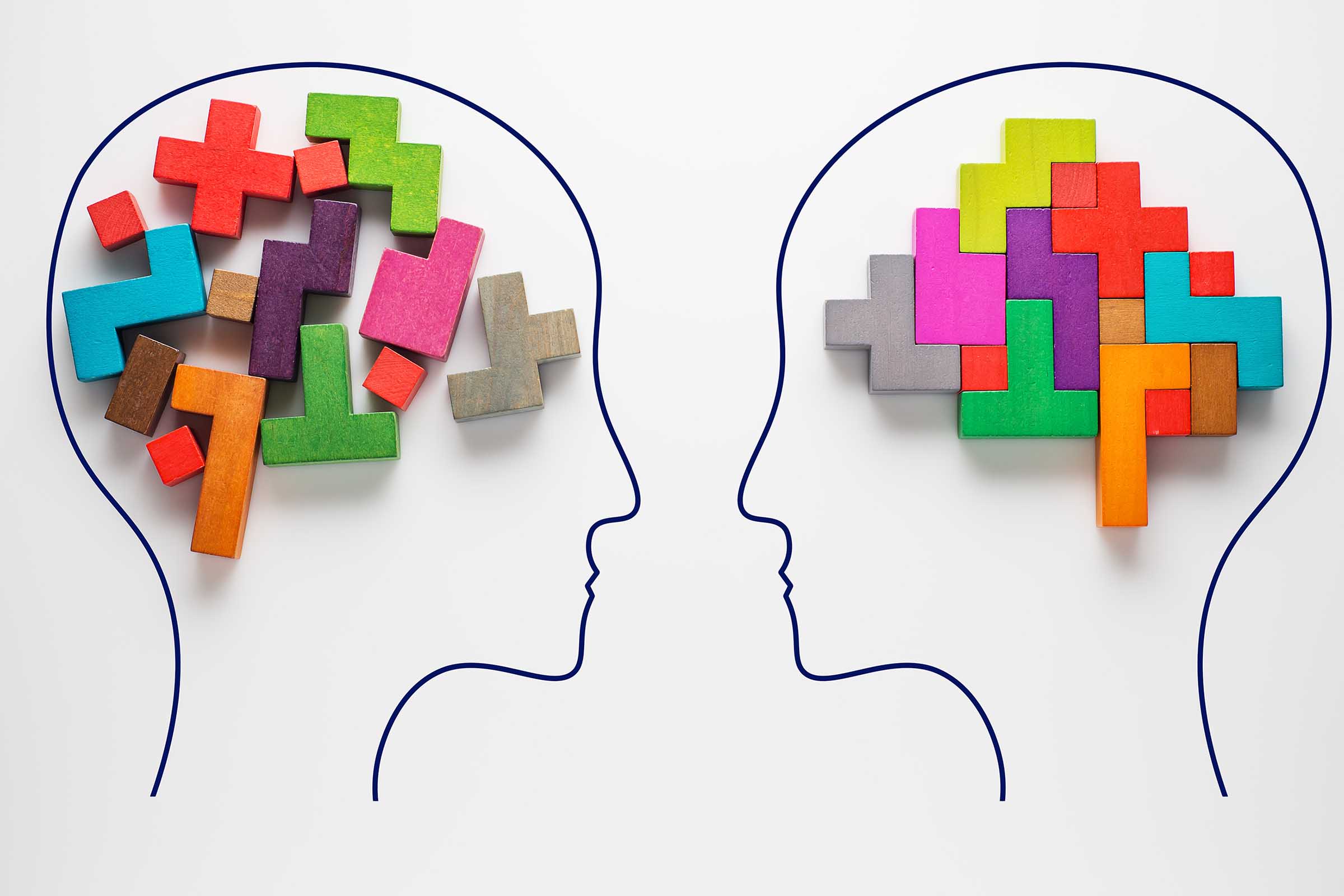
In all major areas of digital marketing—SEO, PPC, SMM and social ads—a good story will grab and hold your audience’s attention better than a direct sell.
That’s the bulk of my job as a digital marketing strategist.
My team and I find ways to make our clients’ outreach and promotion efforts as effective as possible—and most of the time that means we have to help them craft a story.
Here’s what that looks like—
At this point, it’s worth clarifying that I’m not talking about the craze of every social platform on Earth adding short videos and calling them “stories.”
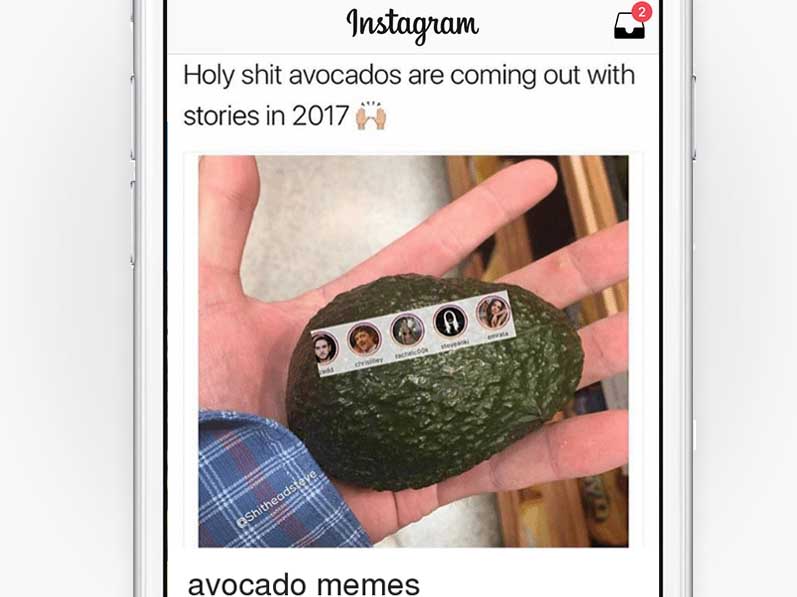
Despite the ubiquity of this feature nowadays, that’s not what I’m talking about.
Webster says a story is:
Story
sto·ry | \ˈstȯr-ē
An account of incidents or events, an anecdote (especially an amusing one), or the intrigue/plot of a narrative or dramatic work.
But I bet you already knew that.
So what does a story look like in the 4 major sectors of digital marketing?
A punnet square, duh.
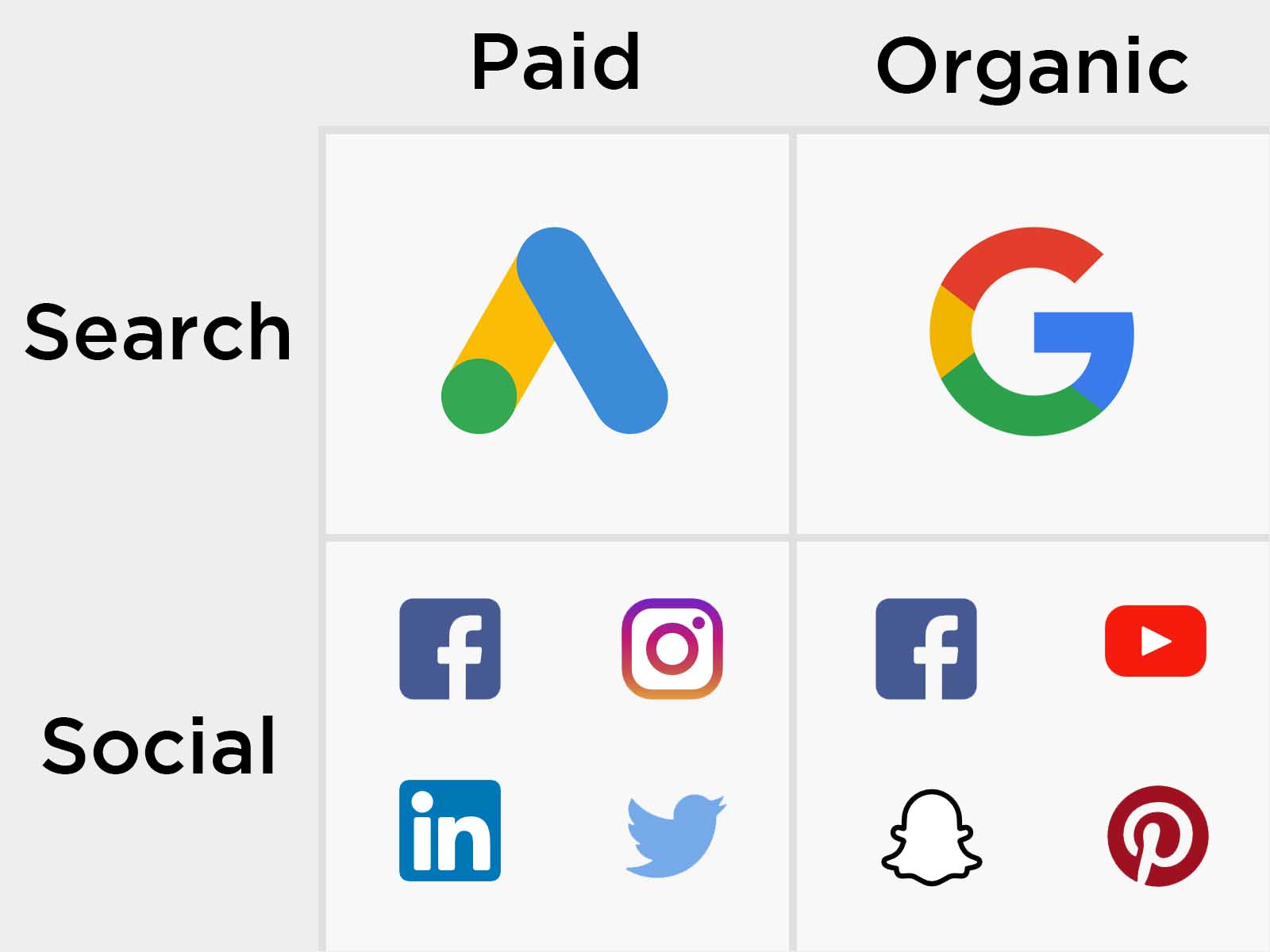
There are more than just these choices, obviously. But these are some of the big ones.
You have to consider your audience and the type of story that might resonate best with them.
A major—and often overlooked—part of that consideration is the channel they use to find you and/or your story, and the common User Experience conventions of that channel.
Storytelling in Paid Search (PPC)
This is almost exclusively Google Ads (formerly Adwords). How do you tell a story in limited screen real estate and competitive bid market of PPC ads?
Creatively. And think like Twitter.
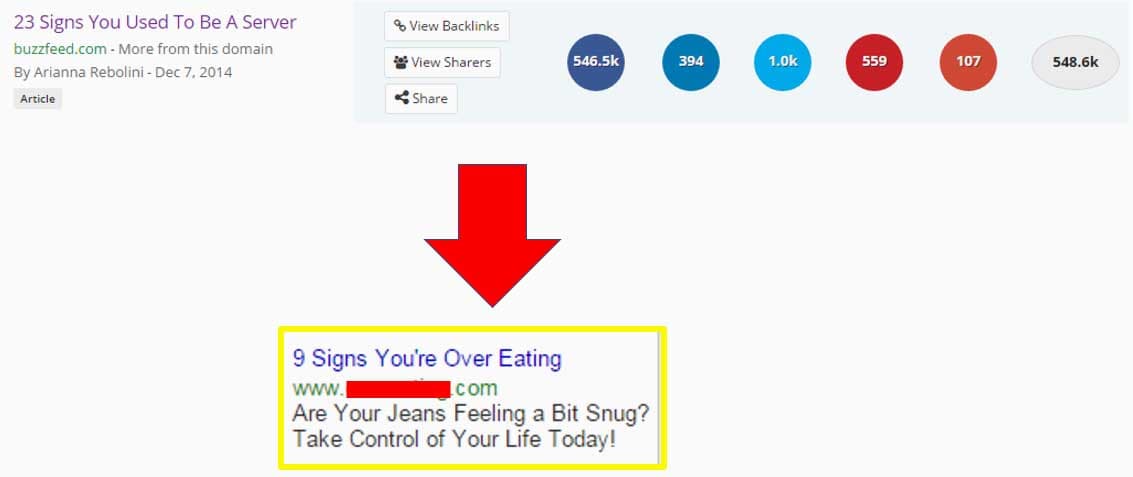
BuzzFeed + Buzzsumo = 3X Ad CTR, via WordStream.
Keep it short and sweet, but make sure you have a hook. The headline is crucial, but most times a DKI or bland “Best Product Ever Start Today!” won’t stand out.
Storytelling in Organic Search (SEO)
This one is fairly easy, but it requires a shift in the way many people view search traffic.
Inbound Marketing and long tail SEO often include the principles of storytelling, but ecommerce and/or purchase intent SEO rarely does.
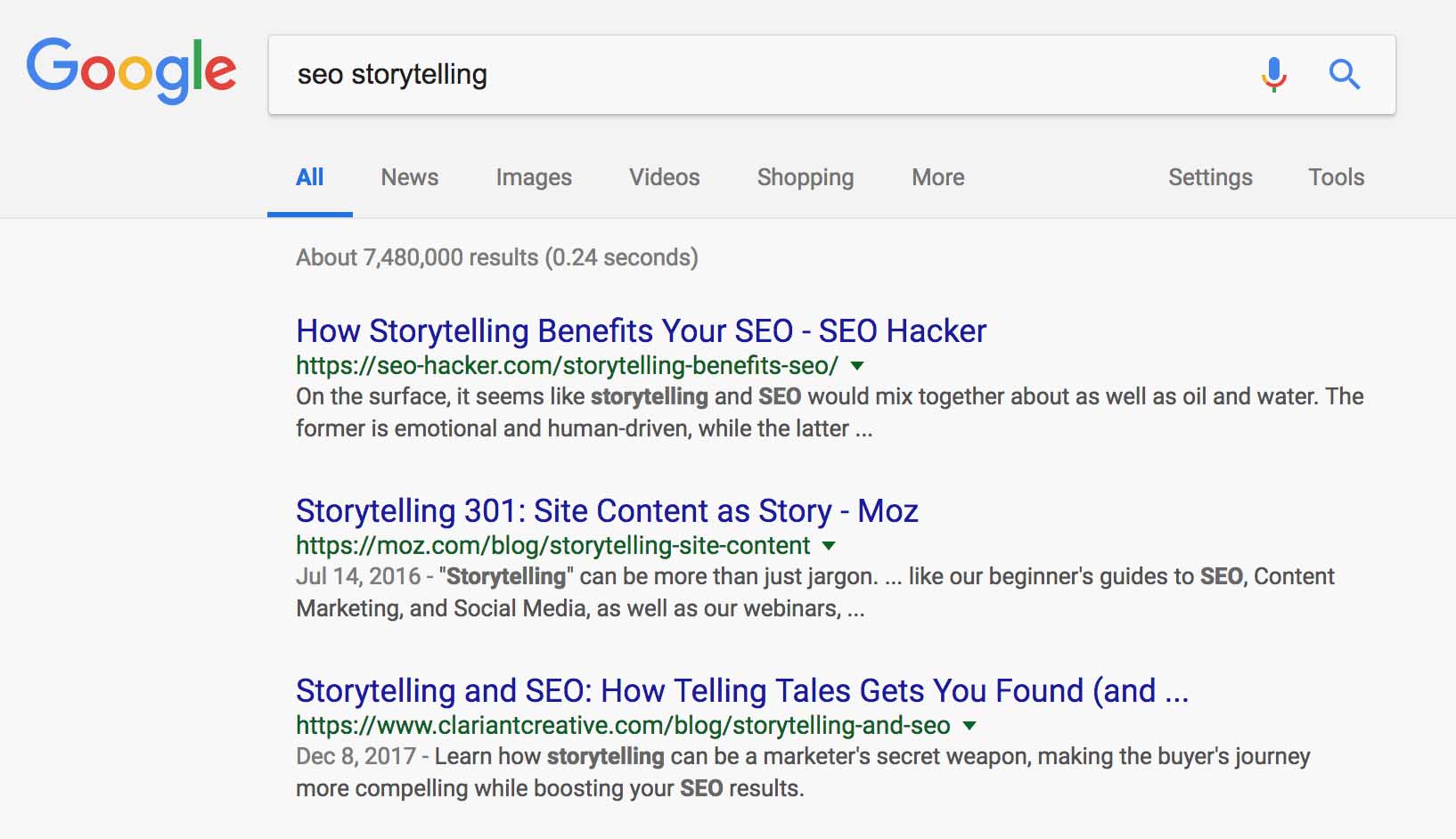
Joshua Glenn, a writer and analyst, teamed up with journalist Rob Walker to study storytelling and its effects on—of all things—eBay knickknacks.
They bought 200 objects for about $1.25 each. They then wrote stories about each object, and re-listed the objects.
After spending $250 to buy the objects, they sold them—with fictional stories attached…
And made $8,000.
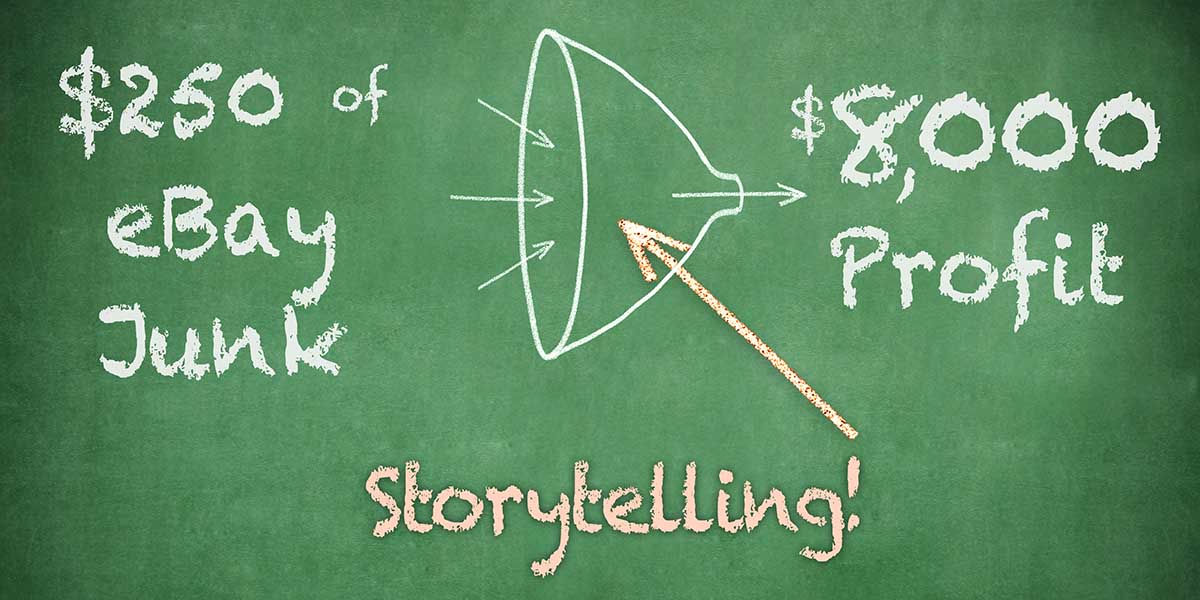
eBay crap + storytelling = $$$$$
That’s a 3,200% increase in dollars-and-cents material value by changing nothing other than a story to attach some meaning to each knickknack.
The system works.
Storytelling in Paid Social (FB, IG, et al.)
This one is well-documented.
- Storytelling in Marketing: Vice Facebook Ads about Kobe Bryant.
- Storytelling in Marketing: Penny Hoarder Facebook Ads about Personal Finance.
Source for both of those screenshots came from AdEspresso.
Social media marketing is social. It doesn’t work if you try to treat it like PPC or search ads. People are passively consuming social content. The ads that work will fit that model.
Gary Vee wrote about this way back in 2013, and his words are only truer today, 5 years later.
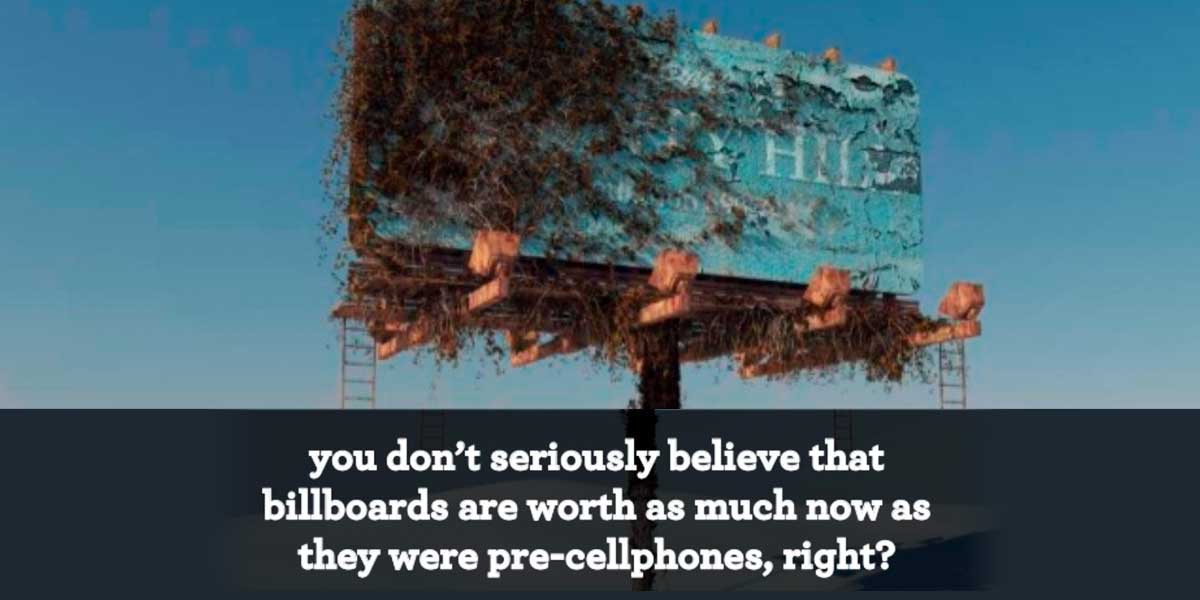
This slide is from Gary’s Storytelling in 2014 slide deck and presentation.
Storytelling in Organic Social (groups, etc)
This one tends to be a little easier. In most cases, storytelling fits fairly well into most people’s everyday use of social media platforms.
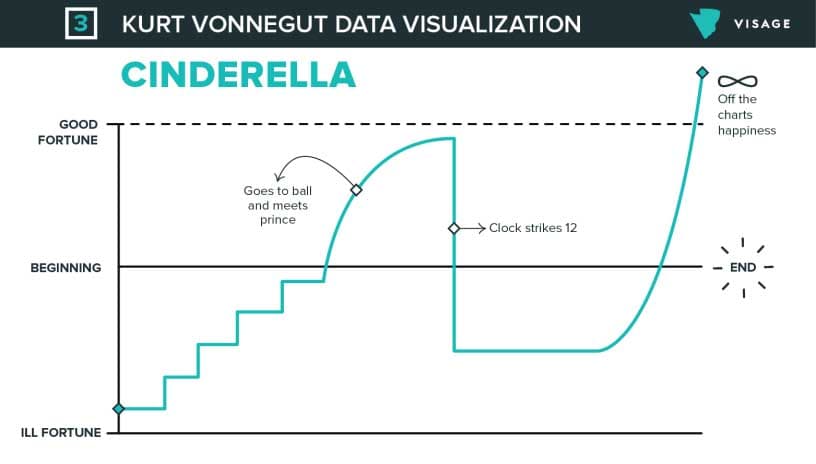
Cinderella Data Visualization, via Visage.
See that giant dropoff? That’s how stories go from good to great. Conflict and triumph are the oldest archetypes in the book.
Yes, this approach makes your job harder. But it also makes your marketing efforts much more effective. And isn’t that the goal?
Too many marketers are willing to invest more money than time. That’s cool and all. Good marketing requires investment.
But stop looking for shortcuts. Do the work, spend the time, and make your product better.
All the content marketing stats talk about clickthrough rate, and time-on-page. Bounce rates and “design makes people share your article.”
Great.
But every marketer knows that pretty much no one actually reads the content.
Give people a hero, a conflict, a struggle, and a triumph, and they will be eating out of your hands.

Gotcha.
I’m not a hero, but I did get you to read (most of?) a blog post that is technically about me.
Storytelling is what I do. And it works. Get in touch to see how my team and I can put it work for you.

